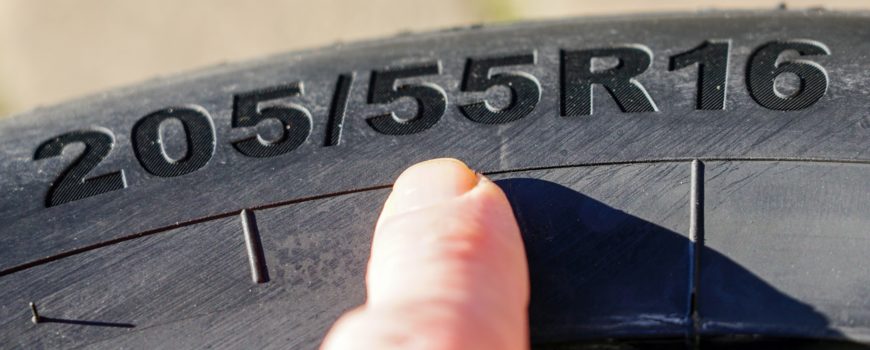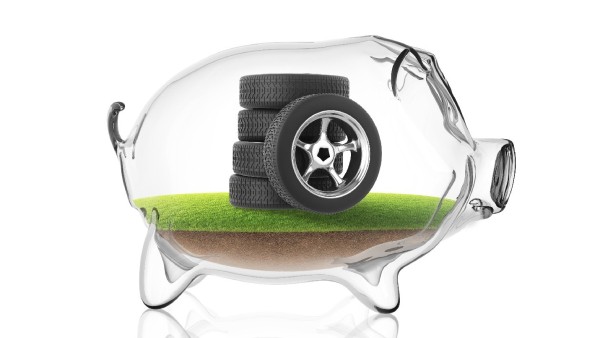If you don’t think about tires often, you probably don’t know your tire’s size. Why would you? And yet, whenever in the past you shop tires and tire services, it’s probably the first question asked. Invariably, the question is: “What tire size would you like?”
And that’s when many of us will come up with a clever retort like, “Uh…” Or maybe: “Er…”
So if you’re looking to have a ready answer, we’ll walk you through how to determine your tire size. Of course, if you are not interested in learning how to calculate tire size, and you just want somebody from Tread Connection to tell you what tire size you need and then install the tires, well, hey, we can do that, too.
But if you are interested in calculating tire sizes, here we go.
How to determine your tire size
You’ll need to find some important numbers in order to calculate your tire size — but that isn’t difficult. The numbers, as you might expect, are on the sides of your tires. If it’s too faint to read, or you just don’t feel like stooping down to look at your tires, you’ll possibly also find the numbers on the driver’s side door jamb, the glove box door, or on the gas tank hatch, and failing that, it’ll be in your vehicle’s owner’s manual.
You’re going to see an alphabet soup’s worth of letters and numbers, like (just as an example), P205/60R15 82S. Consider this your tire size code, and we’ll help you crack it.
- Tire Type. Chances are, you probably will have a “P” on the tire. That stands for “passenger vehicle tire.” That would include vehicles like SUVs, minivans, and even small pickup trucks. If you see an “LT,” you have a larger vehicle. It stands for “light truck tire,” the type of truck that can tow a trailer or has a 1-ton load capacity. “ST” stands for “Special Trailer.” Those are tires for trailers. If there’s no letter, you have a metric tire, which is known as a European size.
- Tire Width. In our example, the width is 205 millimeters.
- Aspect Ratio. That would be the 60 in our example. The aspect ratio is the percentage that compares the tire’s section height with the tire’s section width. So, in this case, the tire’s section height is 60 percent of the tire’s section width. Confusing, yes, but the main thing to remember here is that, if safety is your primary concern, you want the aspect ratio to be 70 or a lower number. You’ll get better steering and better overall handling.
- Construction Type. In our example, the “R” is next. That stands for radial construction. If you see a “B,” that means belted bias. A “D” is diagonal bias construction. Odds are, you have radial tires. Radial ply construction is an industry standard, for what it’s worth.
- Wheel Diameter. The next number in our example is “15.” That’s the diameter of the wheel rim, which is usually measured in inches.
- Load Index. Next in the example is “82,” which is a number that you use in a chart, which will tell you how much weight your car can carry.
- Speed Rating. The last letter – “S” is our example – you use with another chart, and it’ll tell you how fast your car can go before your tires start to have a problem, like a blowout. An “S,” in this case, means that your car could go 112mph before your tires would possibly, well, explode.
How to calculate your tire size
So that was a lot of information, and maybe your eyes are glazed over, and your brain feels as if it’s fogging up.
But if that still seems too overwhelming, just contact the TIA-certified tire experts at Tread Connection. We can help you quickly calculate your tire size. Not to worry.
Another helpful hint — you’ll want to stay within 3 percent of the diameter and height of the original tire. If you go further, you could have trouble with your brakes. Again, if this is confusing, and it often is to anybody who isn’t immersed in tires, a Tread Connection representative can help you with that.
Contact a Tread Connection van in your area to get the perfect set of tires for your vehicle today!





